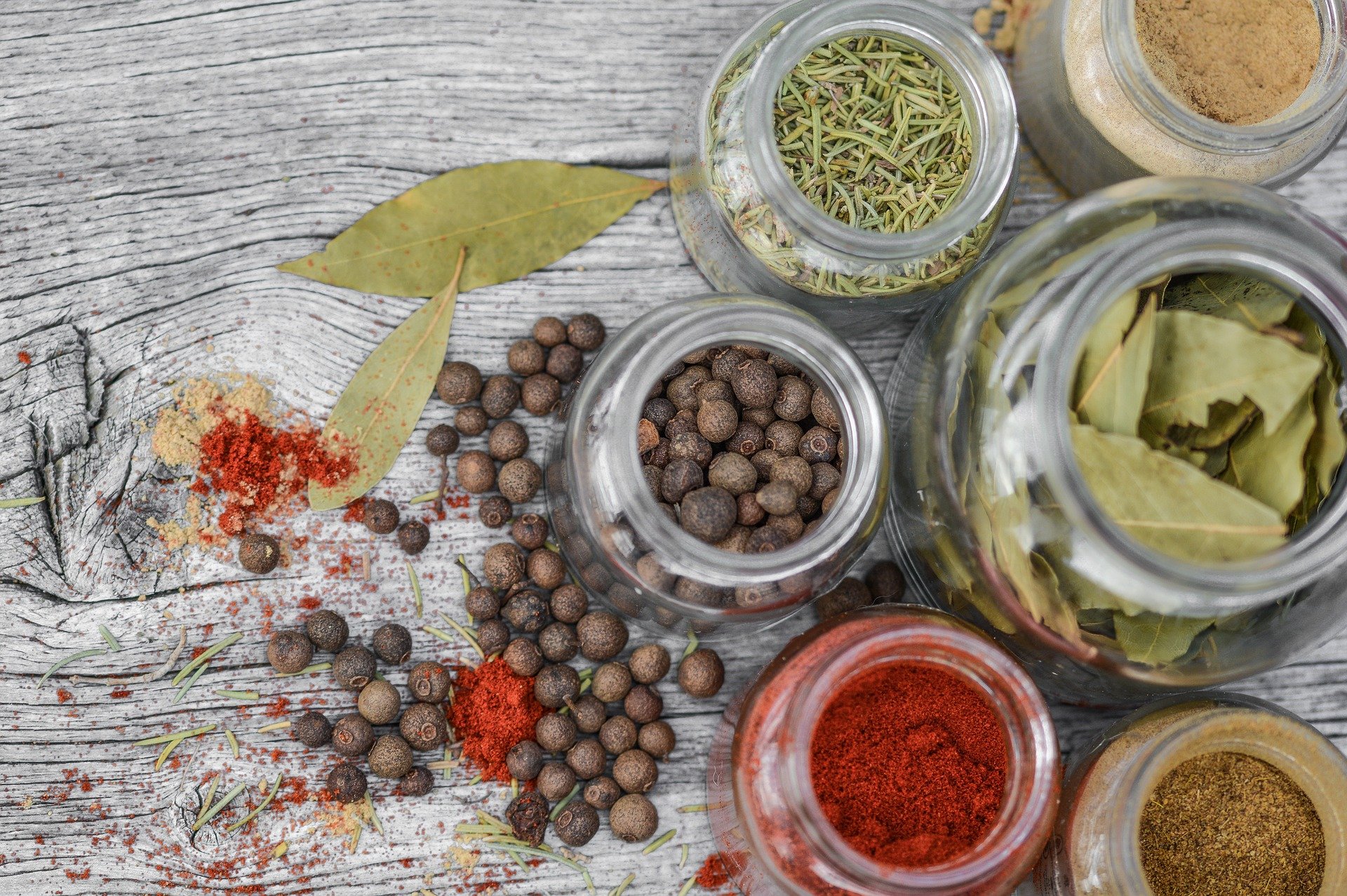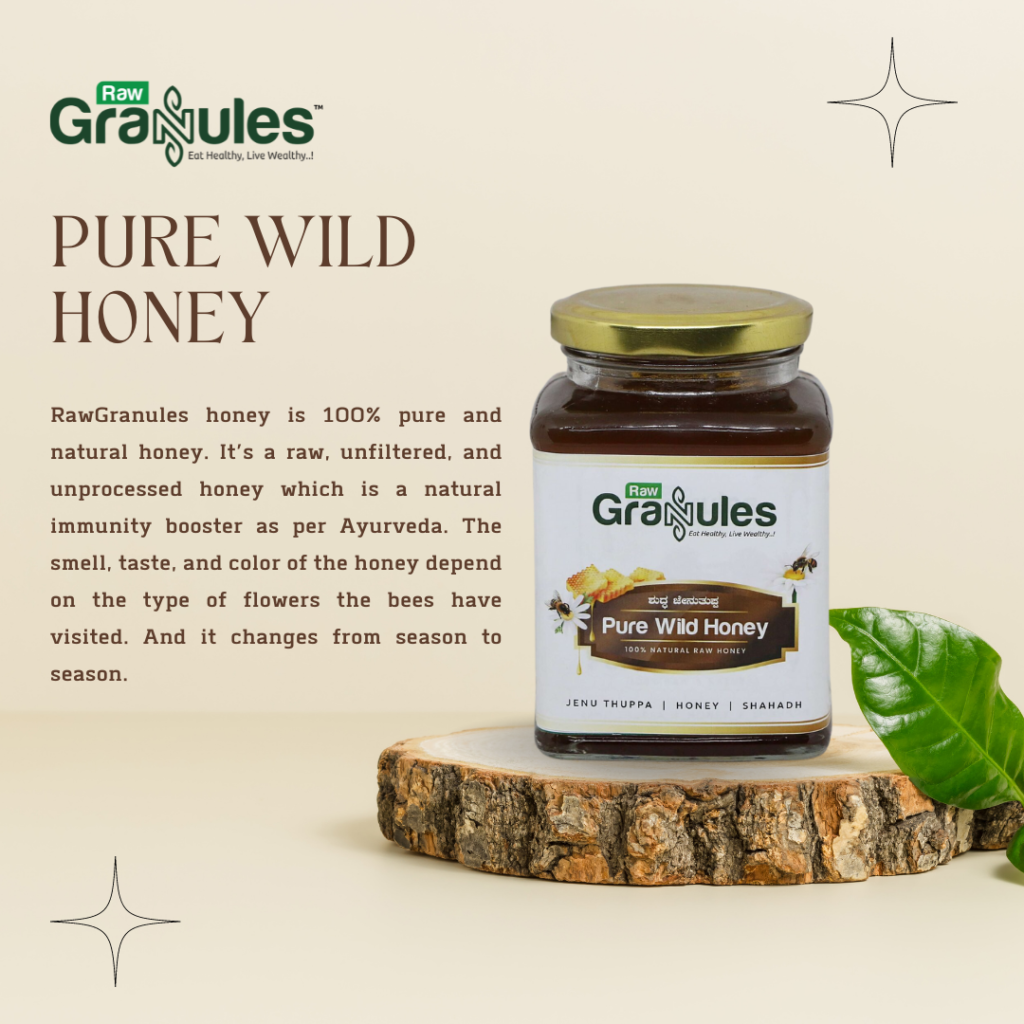Nannari, which translates literally to “oil sesame” is a fragrant perennial plant from the family of Soillessaria family. This composite type of plant has been a popular spice and herb since centuries in India. Traditionally, the oil sesame was used to make oil, usually for cooking, bathing, and medicinal purposes. The use of sarsaparilla is rather recent, coming from Sri Lanka, also where it originated. It has recently become popular in the West as a spice and aromatherapy ingredient. Although both plants are sown to the same vine, the main difference between the two plants lies on the process of drying them for use.
uses of nannari
Traditionally, the seeds of the kamal podi tree were collected and stored by the villagers for use in making oil. The dried roots would be ground to powder, mixed with water, and then made into a paste that could be applied to various body parts for treatment. The primary ingredient of most of these products was nannari, a relatively new crop that had not yet reached full maturity when the method of drying was introduced.
In today’s world, the uses of nannari sabbath can be traced all the way back to the beginnings of civilization, as well as to the spice and herb parlor in which most of our earliest recipes were developed. The drying of sarsaparilla and kamal podi leaves was eventually replaced with drying leaves of various other plants, including peppermint, myrrh, and frankincense. Drying techniques varied between cultures, depending on the availability of sunlight and weather conditions. This means that some of the traditional ways of drying can be dated back to several thousand years ago. Today, sarsaparilla and kamal podi are still commonly used in the Eastern part of India, especially in Tamil Nadu, where dry sari is popular.


















